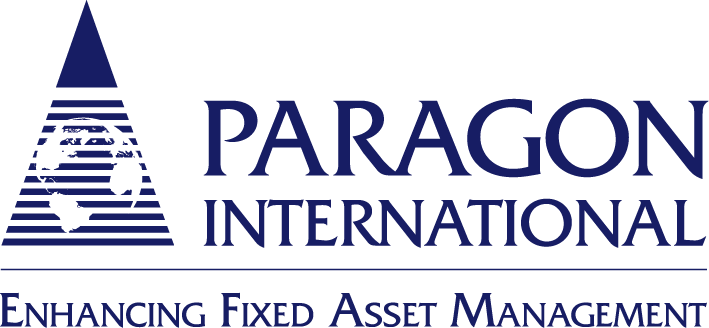In an effort to encourage commercial investment and stimulate the economy, the Tax Cuts and Jobs Act of 2017 (TCJA) and the Coronavirus Aid, Relief, Economic Security Act of 2020 (CARES Act), allow for additional and/or accelerated depreciation tax deductions. These two Acts allow for a 100% bonus depreciation immediate write-off of new and used property with a tax life less than 20 years for assets placed in service after September 27, 2017 and before January 1, 2023.
The TCJA and CARES Act give companies an opportunity to increase cash flow – quickly. This is especially helpful when cash flow is tight or investors are seeking an accelerated return on investment (ROI).
Act Now – Bonus Depreciation to be Phased Out Beginning in 2023
If you have taxable income that you want to offset and want to maximize your tax depreciation deduction, we encourage you to take advantage of this tax law now, as the benefits soon will be reduced and eliminated altogether.
As of the writing of this blog, the 100% bonus depreciation goes away in a little more than a year, under the current sunset clause of the law. Beginning in 2023, the allowance will decrease by 20 percentage points each year until it goes away in 2027, as shown below:
- 80% – property placed in service after December 31, 2022 and before January 1, 2024.
- 60% – property placed in service after December 31, 2023 and before January 1, 2025.
- 40% – property placed in service after December 31, 2024 and before January 1, 2026.
- 20% – property placed in service after December 31, 2025 and before January 1, 2027.
Qualifying Assets and Eligibility Requirements
Often referred to as “qualified property”, assets that qualify for bonus depreciation includes property such as:
- Depreciable property with a recovery period of 20 years or less, such as vehicles, furniture, manufacturing equipment, and heavy machinery
- Certain building components classified as “personal property;” for example:
- Custom lighting, fixtures and built-in cabinetry,
- Interior removable walls, flooring and wall coverings
- Security systems and audio/visual equipment
- Telecommunication, network and computer-related network systems
- Specialty electrical and HVAC systems
- Qualified improvement property (QIP), including improvements to a building’s interior, excluding elevators, escalators, the structural framework or building expansions.
The TCJA inadvertently misclassified QIP as 39-year property, making it ineligible for bonus depreciation. The CARES Act corrected that technical error, making it eligible once again. For details on this correction, read our blog Qualified Improvement Property CARES Act Fix.
Bonus depreciation is optional – you may elect out of the additional first year depreciation for the taxable year the property is placed in service. However, know that if the election is made, it applies to all qualified property that is in the same class of property and placed in service in the same taxable year. For more information, visit the IRS FAQ page.
Maximize the Benefits of Bonus Depreciation with Cost Segregation
Identifying and separating personal property assets from real property assets via a cost segregation study can significantly increase the value of bonus depreciation. In an example illustrated in our blog, What is Cost Segregation? Answers to Top 8 Questions, an owner/investor who purchases an existing hotel for $10 million, could realize an additional Year 1 tax savings of $1,812,308 by applying 100% bonus depreciation to the qualifying property. That’s a huge cash savings!
If you’re wondering whether you can recover overpaid taxes from past projects, the answer is YES! A depreciation recovery look-back study reviews past projects and determines potential reclassification and recovery of unclaimed depreciation to which you may be entitled. The additional depreciation deduction can be applied to the current tax year, carried back two years for a refund, or carried forward 20 years against taxable income until used up. Best of all, you don’t have to submit amended tax returns.
Plan Now for the Upcoming Elimination of Bonus Depreciation
As stated previously, the allowed percentage of qualified property will begin to decline after December 31, 2022. If no legislative action is taken, the tax provision will completely sunset as of January 1, 2027.
You still have time to take advantage of these accelerated tax savings – if you act soon. If you’re considering making significant fixed asset purchases (property acquisitions, renovations, etc.) or want to look back at previous projects, now is the time to do so. The ability to deduct 100% of the cost in the year of acquisition – or reclaim overpaid taxes – can generate significant tax savings. That’s cash in the bank.
To learn how bonus depreciation and cost segregation studies can improve your cash flow, contact our fixed asset experts for a no-obligation consultation.




